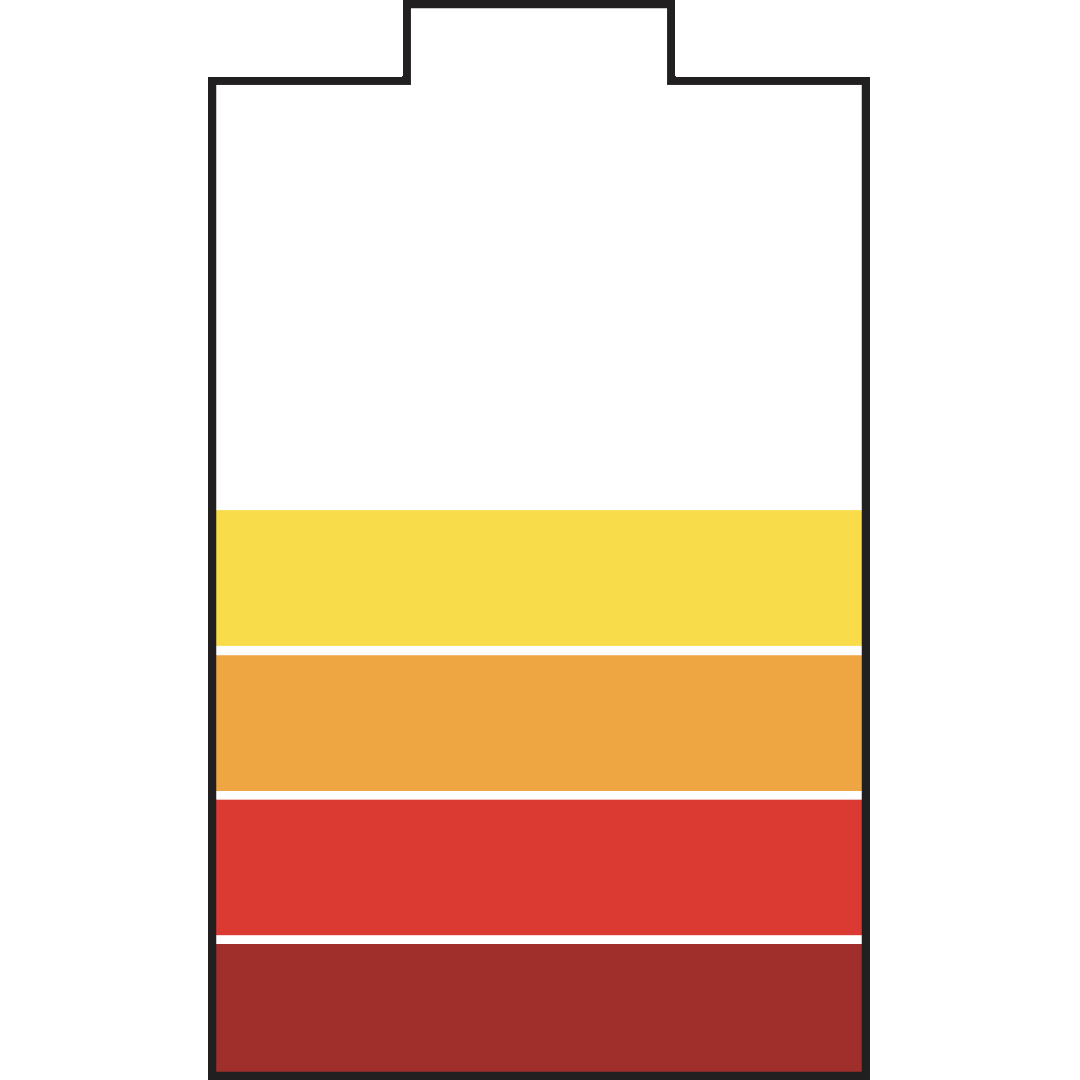

SmartAI™ Charging Technology by MICRODIA
With MICRODIA's patented SmartAI™ smart charging algorithm, you can rest assured your devices are charged up to maximum performance. Compatible with Qualcomm Quick Charge, Power Delivery, Apple's fast-charging system, Samsung's fast-charging system, and more. You can now charge your phones, tablets, laptops, and other devices from a single USB-C port at their fastest possible speed and safely.

High-Speed Charging
Charges any USB-C PD enabled devices from 0% to 50% in just 30 minutes

Super Powered
Provides a maximum output of 200W - 40x more power than a standard wall charger.

Universal Compatibility
Works with nearly all smartphones, tablets, and laptops with USB-C or Lightning ports

Essentially, these types of chargers intelligently deliver different current levels throughout different charging stages, in order to minimize degradation and prolong battery lifespan up to 30%. It is generally divided into 3 stages. The main characteristics of each stage can be found below:
Stage 1: Bulk Charge
The first stage is called the “Bulk Charge”, as the key purpose during this stage is to provide a large chunk of current to recharge the battery in a short period of time. It is the most significant stage for batteries that are severely drained. Assuming that the battery first started in a deeply discharged state, the charger would normally give out the highest voltage and amperage that it can produce and that the battery can handle. There is no need to worry about the battery being overheated, even if the highest voltage is applied, owing to the battery’s natural absorption rate. The risk of overcharging will not occur in this stage as the battery has not even reached its full capacity.

Stage 2: Absorption Charge
The charger can recognize voltage and resistance from the battery ahead of time. After a thorough checking process, the charger will decide the most appropriate stage to charge the battery at. The charger will enter the absorption stage when the battery reaches 80% of its capacity. The voltage emitted from the charger will become more constant and the charge current will decline. The low current emitted throughout this stage brings up the charge level in a secure way without overheating the battery. However, charging the last 20% of the battery takes significantly longer in this stage compared to the bulk stage. The current declines throughout this stage until the battery almost reaches its full capacity.

Stage 3: Float Charge
Generally, the charger enters the float stage as early as when the battery capacity reaches 85% with some exceptions of 95%. The voltage will start to taper down while maintaining a constant level. The battery becomes fully charged during this state and maintains a 100% charge indefinitely. The current will slowly decrease until it is considered a trickle in the float stage. It is where the name “trickle charger” is derived from. In short, a low stream of current is going into the battery continuously, but only at a safe rate so as to achieve a constant full charge of the battery. It has been certified safe to leave the charger on in float mode for months on end, even though a majority of battery chargers would be turned off at this point. It is actually a healthy practice for a battery to be at 100% during the float charge stage.

Overall Safety
Multiple revolutionary smart chips are built in to fully protect your devices from overcurrent, overcharging and overheating, while delivering safe and fast charging. We hope to bring you peace of mind by telling you about the advanced technology that our products are equipped with.
Our SmartAI™ Patented Products































